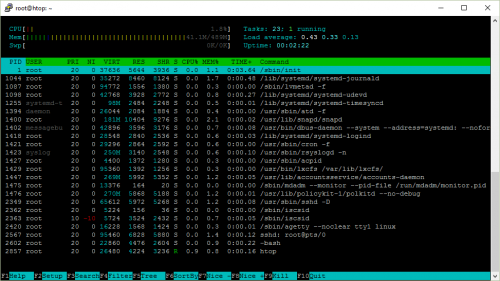Here are a whole lot of “Performance Tuning – Tips & Tricks” directly from the Nginx team. I’m sure you’ve seen bits and pieces of these all over the place, but it’s nice to have them all together and from the credible source as well.
Tag: performance
PHP-FPM tuning: Using ‘pm static’ for Max Performance
“PHP-FPM tuning: Using ‘pm static’ for Max Performance” looks at different process management settings in PHP-FPM: static, dynamic, and ondemand, and the way they affect performance. The default – ondemand – might work well for you if you have a large server with plenty of resources and not so many actual visitors. Running on a smaller instance, or expecting high spikes of traffic might require you to look into your PHP-FPM configuration and adjust it. The article is just what the doctor ordered.
Personally, I prefer having a dedicated instance for the web server, but that instance being as small as possible. With that, figuring out the correct settings for static process management is easier. It also minimizes all those nasty cases of running out of memory, swapping, and having an excessive CPU utilization. Which is especially useful when running on Amazon AWS instances.
Easily optimize images using PHP
Via this blog post I came across this PHP image optimization library, which somewhat reminds me of this blog post from a couple of years ago. As good as ImageMagick is, it takes time and effort to find all the right options. With Spatie Image Optimizer you have an almost out of the box solution for optimizing images in a variety of formats.
This package can optimize PNGs, JPGs, SVGs and GIFs by running them through a chain of various image optimization tools.
htop explained
“htop explained” is a very detailed guide into the htop Linux system monitoring tool. Even if you are an experienced Linux user, and even if you are not a fan of htop (why aren’t you?), you will still find this guide useful, as it goes into a lot of detail on how htop figures out all the values and where Linux keeps bits and pieces of system information.
Front-End Checklist
This Front-End Checklist is pretty awesome and quite extensive:
The Front-End Checklist is an exhaustive list of all elements you need to have / to test before launching your site / page HTML to production.
It is based on Front-End developers’ years of experience, with the addition from some other open-source checklists.
It goes over generic HTML bits, meta information, web fonts, CSS, images, JavaScript, security, accessibility, performance and more.
The best part is that large parts of this list are pretty easy to automate and integrate with your deployment / continuous delivery tool chain.
